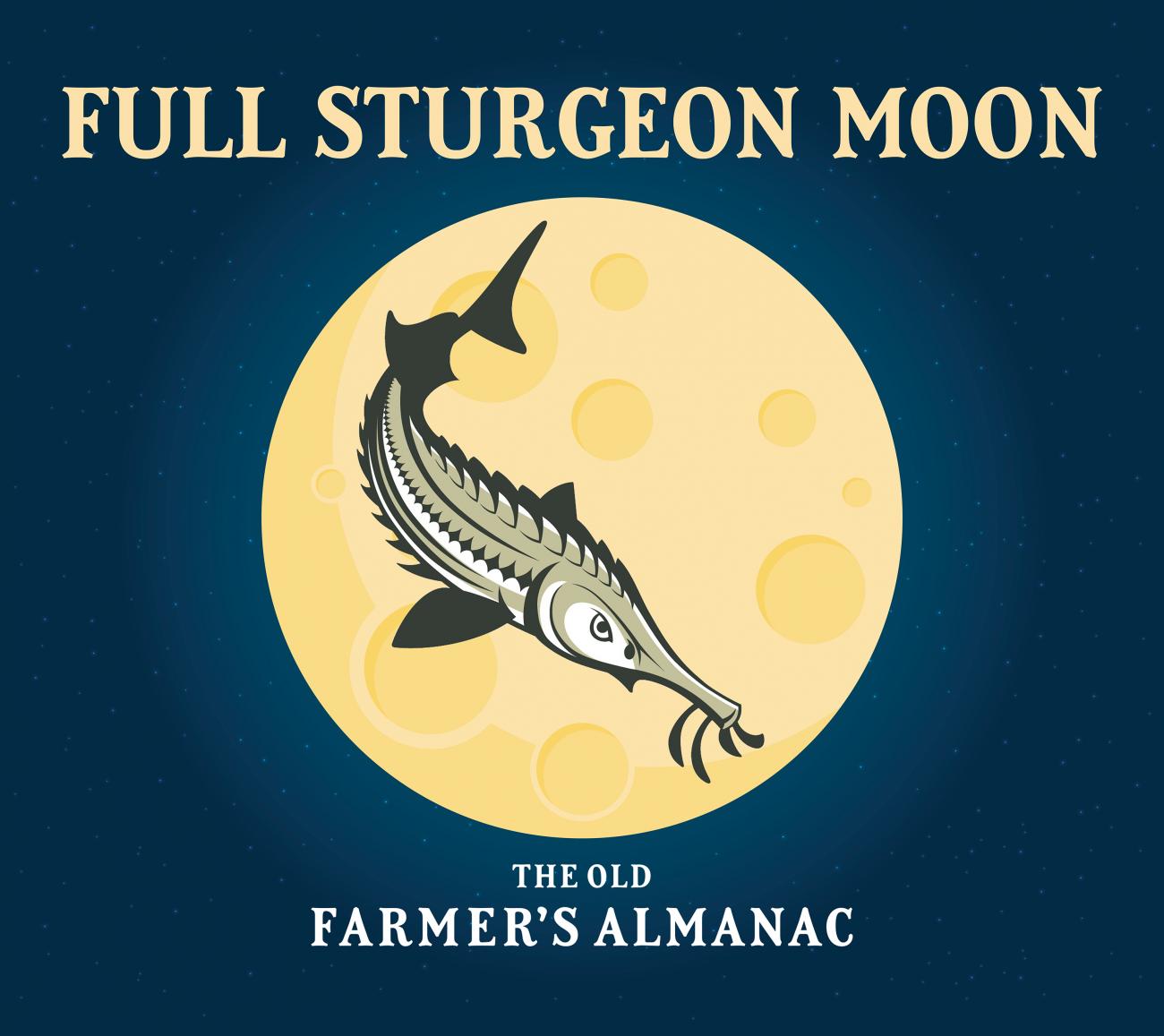Sorry punk!

November’s full Beaver Moon rises on Monday, November 30. Learn when to spot it in your area and the meaning behind this Moon’s name.
THERE WILL BE A FULL BEAVER MOON MONDAY, NOV 30 @ 4:30 A.M. EST.
Plus, on November 29, 2020: [there will be a] Penumbral Eclipse of the Moon. A penumbral eclipse is a type of lunar eclipse. Penumbral eclipses occur when the Moon enters only the faint outer edge of Earth’s shadow (called the penumbra), which causes the Moon to appear slightly darker than usual. The effect is so slight that a penumbral eclipse can be hard to recognize unless you know to look for it! This eclipse is visible from North America. The Moon will enter the penumbra at 2:30 A.M. EST on November 30 (11:30 P.M. PST on November 29) and leave the penumbra at 6:56 A.M. EST (3:56 A.M. PST) on November 30.
WHEN IS THE NEXT ECLIPSE? | SOLAR AND LUNAR ECLIPSE DATES
WHEN TO SEE NOVEMBER’S FULL MOON
The Beaver Moon reaches peak illumination in the early morning hours of Monday, November 30, at 4:30 A.M. EST. Of course, it will be very close to full the night before, so plan to look for it starting on Sunday, November 29, just after sunset!
Find out exactly what time the full Moon will appear above the horizon in your area with our Moonrise and Moonset Calculator.
WHY IS IT CALLED THE BEAVER MOON?
November’s full Moon was traditionally called the Beaver Moon by a number of Native Americans and colonial Americans. Many Native American groups used the monthly Moons and nature’s corresponding signs as a calendar to track the seasons.
Why the “Beaver” Moon? This is the time of year when beavers begin to take shelter in their lodges, having laid up sufficient stores of food for the long winter ahead. During the time of the fur trade in North America, it was also the season to trap beavers for their thick, winter-ready pelts.
Other November Moon Names
The November full Moon has also been called the Frost Moon and the Freezing Moon. Judging by the chilly weather that becomes more and more common at this time of year, it’s not hard to understand how these names came about! Another name, the Digging (or Scratching) Moon, evokes an image of animals scratching at the fallen leaves, foraging for fallen nuts or remaining shoots of green foliage—with the implication that winter is on its way.
See all Full Moon names and their meanings.
FULL BEAVER MOON VIDEO
An Almanac editor shares more facts and folklore about November’s Full Beaver Moon. Click below to watch the video.
*

